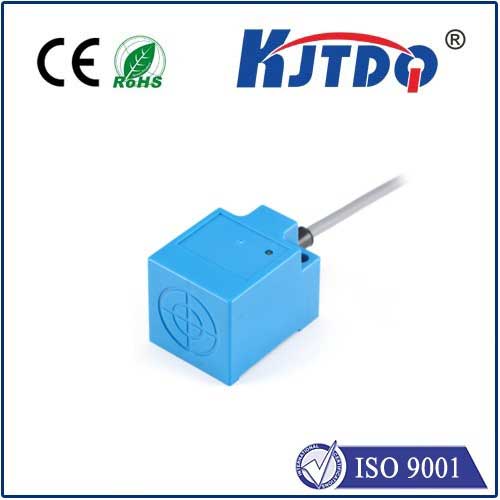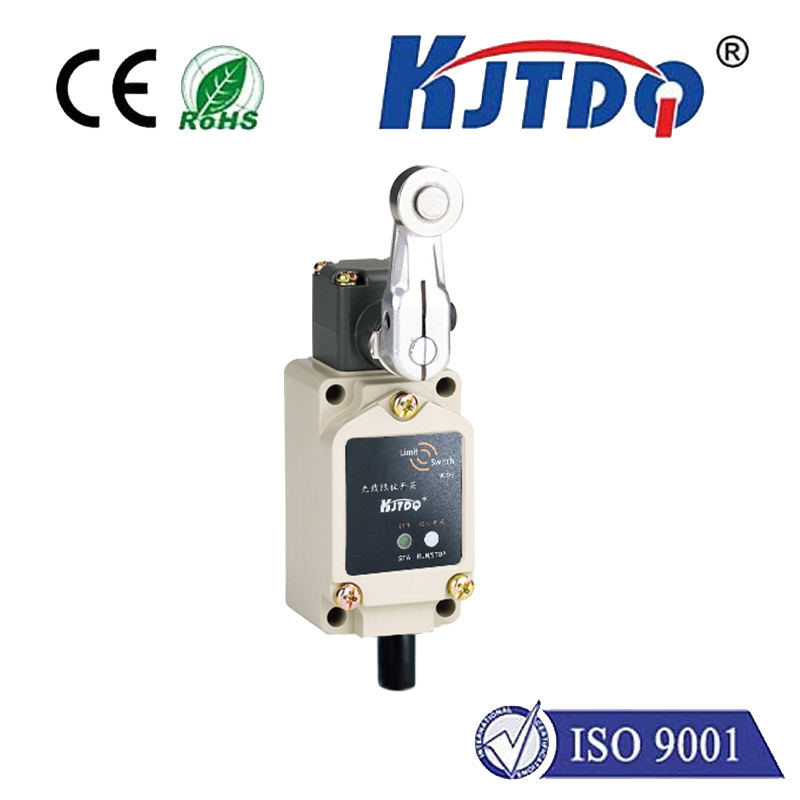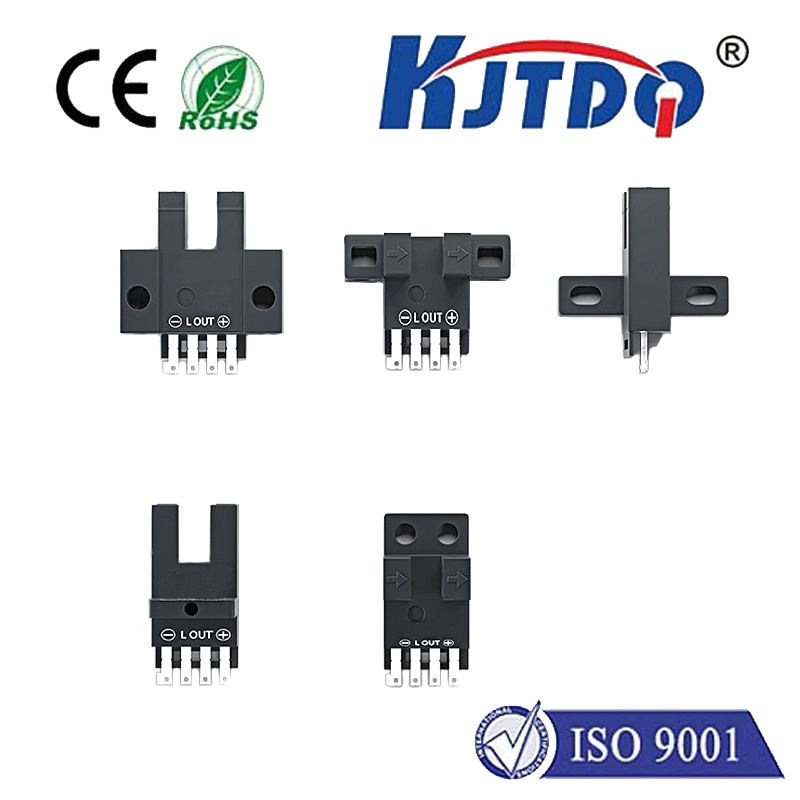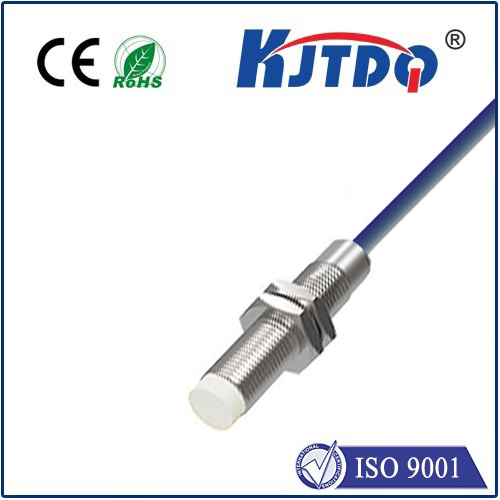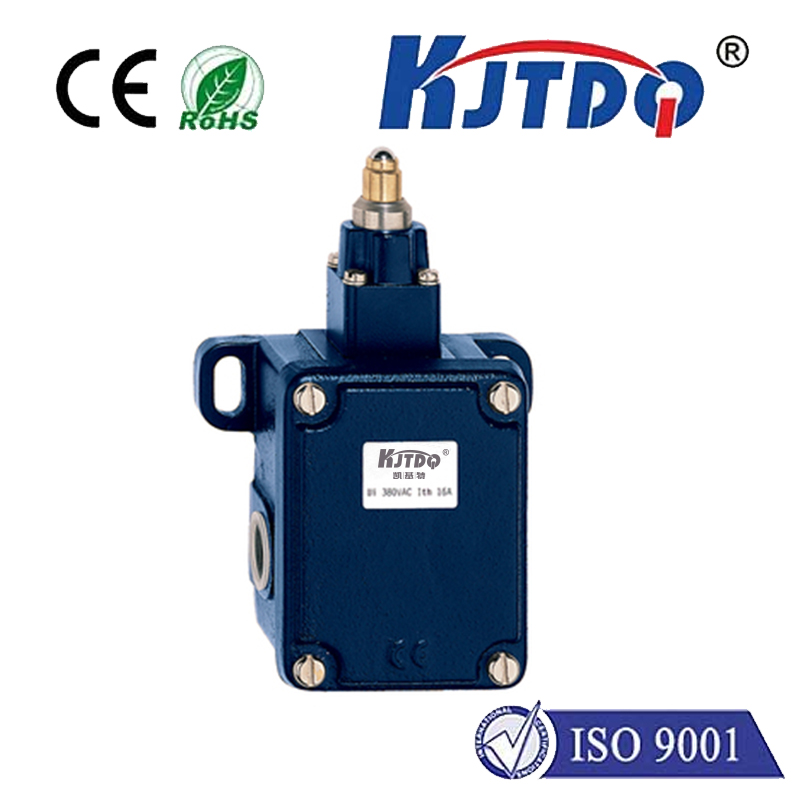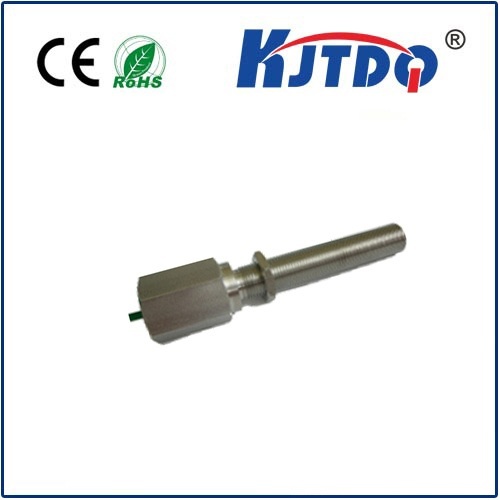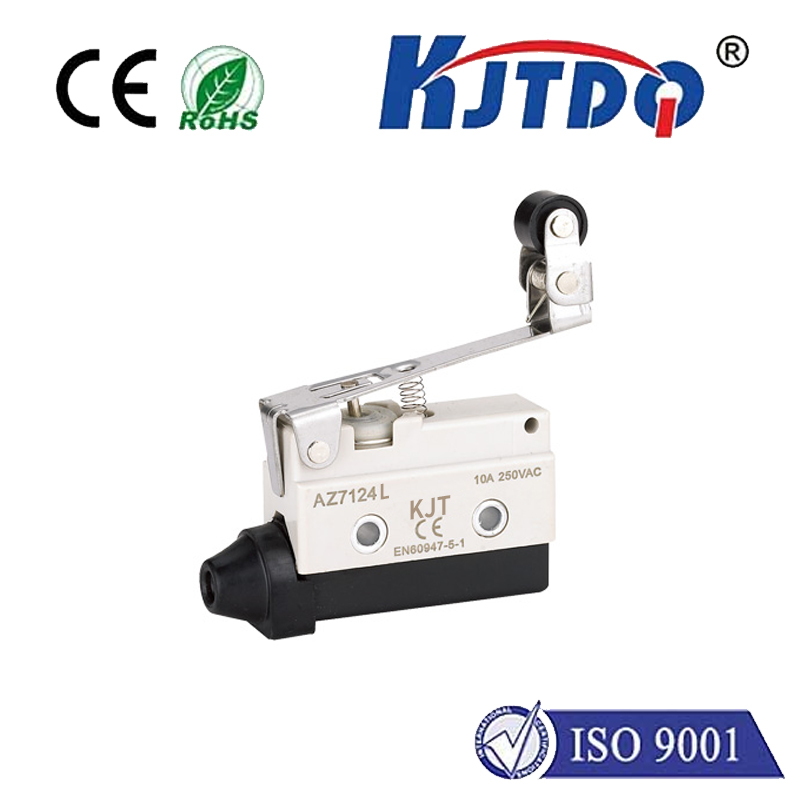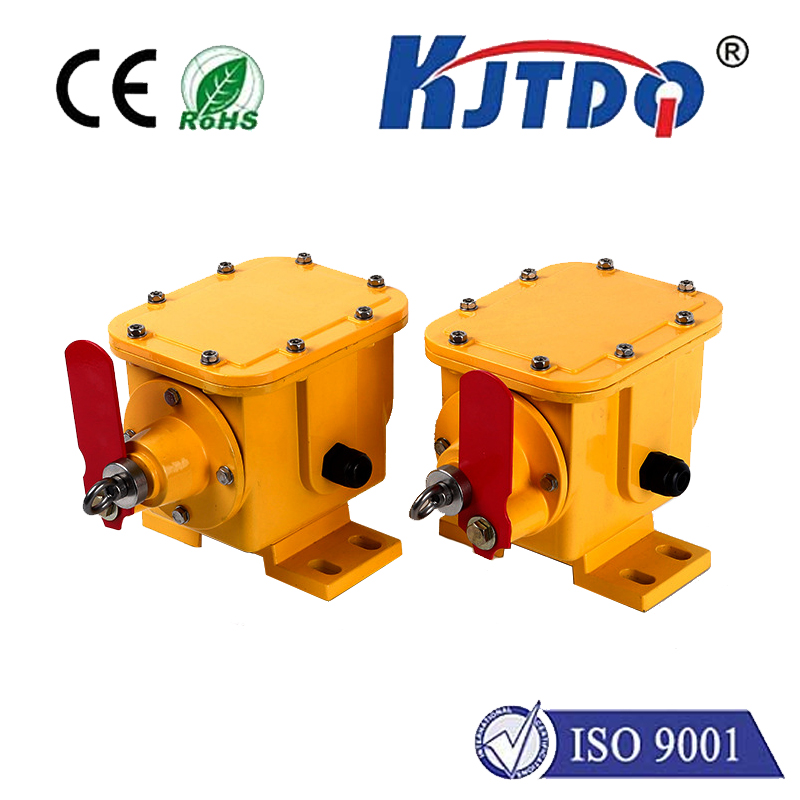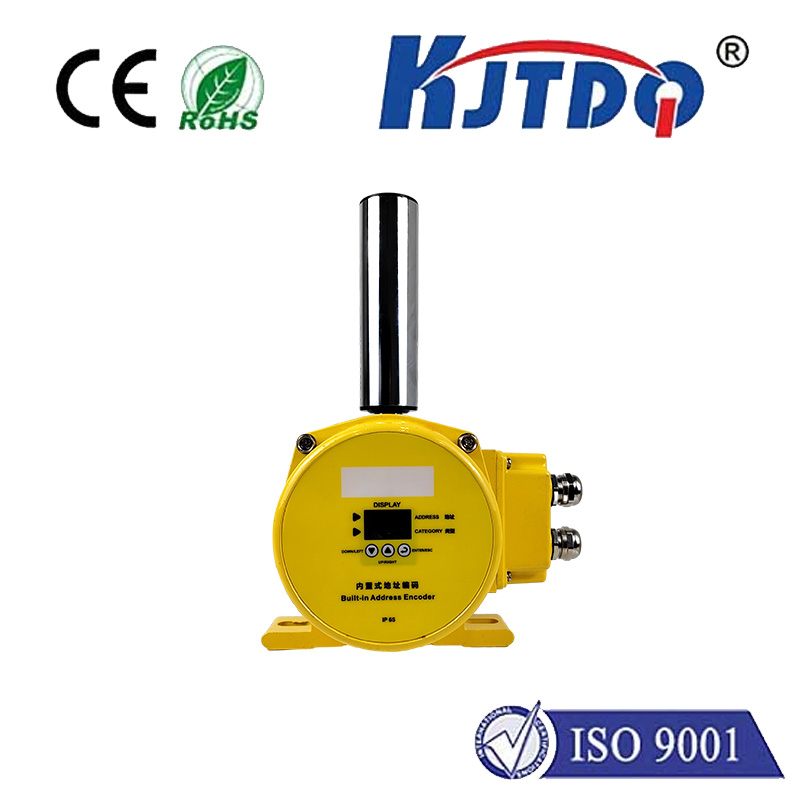

check

check

check

check

check

check

check

check

check

check
The advent of portable proximity sensors is ushering in a new era of technological innovation, transforming the way we interact with the world around us. These tiny devices, which can be easily carried and used in various settings, are revolutionizing industries ranging from healthcare to manufacturing.
With their ability to detect and measure physical proximity, proximity sensors have numerous practical applications. In healthcare, for instance, they can be used to monitor patients' vital signs or track the movements of wheelchair users. In manufacturing, they help optimize production processes by identifying defects or anomalies in real-time.
One of the key advantages of portable proximity sensors is their versatility. They can be designed to operate over long distances, making them ideal for use in remote or hard-to-reach locations. Furthermore, their low power consumption makes them environmentally friendly, contributing to sustainable development.
However, despite their many advantages, there are also challenges associated with the widespread adoption of portable proximity sensors. Issues such as data privacy, cybersecurity, and interoperability must be carefully considered to ensure that these devices are deployed safely and effectively.
In conclusion, the rise of portable proximity sensors is a testament to the incredible potential of technology to transform our lives. As these devices continue to evolve and innovate, we can expect to see even more exciting developments in the years ahead.
